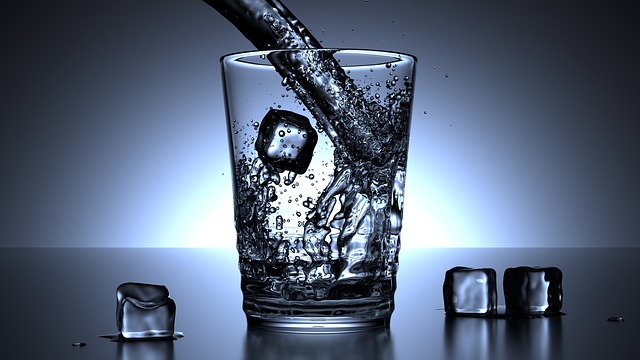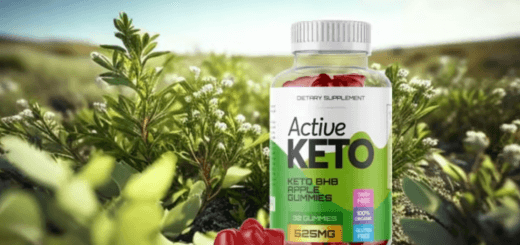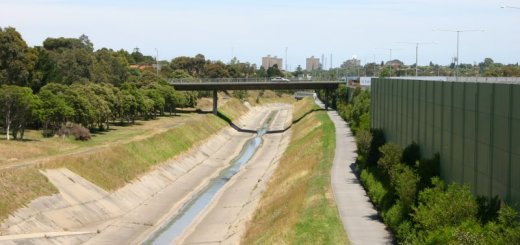Water is the most essential element in our lives. It constitutes 70% of our bodies and while we can go two weeks without food, we can only survive three days without water. We also use it daily for cooking, showering, cleaning, laundry and other daily chores. It’s obvious then that we need to make sure it’s clean and good for us.
Local water treatment facilities send clean water to our taps but it’s questionable if it reaches us in the same condition. We can still be at risk of ingesting toxins and harmful chemicals. Even with the best water quality, having a home filtration system is a great way to ensure the best quality standard of your water.
Common issues
One of the most common issues with water safety is the presence of lead. Excessive amounts of lead are usually caused when water gets in touch with lead pipes, solder or other lead fixtures. Today’s regulations have banned such materials from use but there are still some old sections that contain lead and might contaminate it. As a solution, some local water departments add phosphate as prevention, but it’s still not a guarantee of 100% clean, uncontaminated water.
What’s in the water?
The best approach is to use a water filtration system in your own home, but before you decide on that, it makes sense to discover what it is that you’re trying to eliminate from the water you drink. Information about water quality is usually available to the public and by request, you can easily obtain it from the local water utility company from their annual report.
Option number two is to test the water yourself using a test kit available in most home improvement stores, or you can pay a local lab for the service. When you’ve finally got all the information about your water content and quality, you can move on to the next step.
Filtration system
When you decide on installing a water filtration system, be aware that not every system works for everyone. Needs and requirements differ from home to home so it’s important you do the research and find out which system would best suit your family’s needs.
First of all, choose the system that has been approved and certified. NSF International, an independent, accredited organisation that assists in setting water safety standards, performs tests and gives out certificates for various water systems, so you’ll be able to obtain the information about which filter suits you best.
You have a choice between a small-scale system such as a tap-mounted filter or a pitcher, and a large-scale one such as the reverse osmosis type. The most important part in any filtering system is the filter itself, and with the wide range of replacement water filter cartridges available today, you’ll be sure that the system functions properly and your family is drinking clean and healthy water.
Additional measures
To be entirely sure and safe, you should adopt a zero tolerance policy not just for the levels of lead in the water, but for any other factors that can potentially compromise the water quality. Therefore, consider replacing old water pipes that connect your home to the main water pipeline, in case they contain lead.
If this is still an unaffordable option, let the cold water run for five minutes before you use it and stick to using cold water for cooking as it usually contains lower levels of lead. You can also fill extra water containers until you are in a situation to afford pipe replacement and a water filtration system.
When choosing the best way of ensuring water quality for your home, it all comes down to keeping it simple and playing it safe. Learn about your water content, pick a certified system to purify it and regularly maintain your water pipes. All of this will add to the quality of your family’s life. And whatever the problem may be, the solution is available and there’s simply no excuse for doing the best we can to provide clean water for ourselves and our loved ones.










